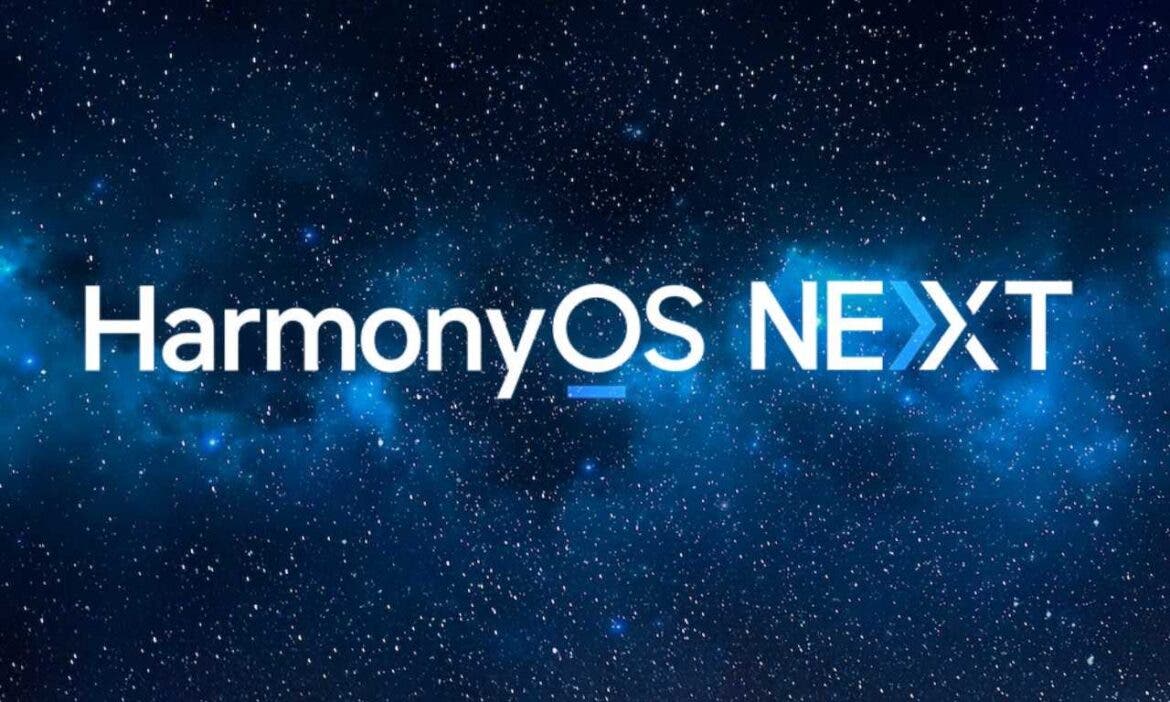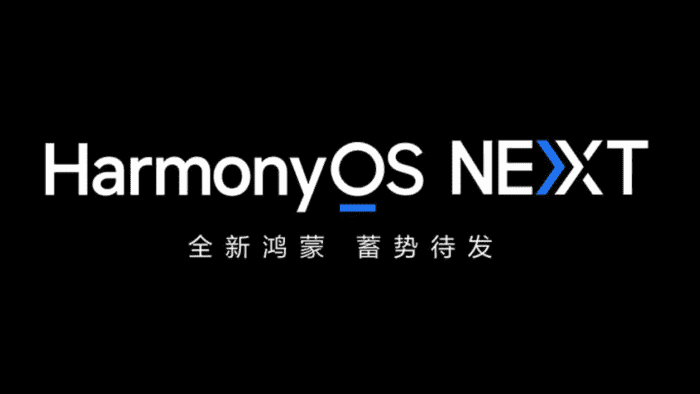On January 18th, Huawei is set to unveil a major step forward in its software ambitions: HarmonyOS NEXT. This new iteration breaks free from its Android roots, marking a complete shift towards a self-sufficient ecosystem. Unlike its predecessor, HarmonyOS 4, which leveraged the Android Open Source Project (AOSP) as its foundation, HarmonyOS NEXT is built entirely on Huawei’s proprietary Harmony kernel. This means no AOSP libraries, no Android compatibility, and no running existing Android apps (APKs) directly.
Huawei’s next Move: HarmonyOS NEXT Breaks Free from Android

This bold move creates a unique opportunity for developers in China. With native apps becoming the sole language of HarmonyOS NEXT, a surge in demand for programmers proficient in its architecture will take place. This has already spurred over 400 software companies across various sectors – navigation, travel, finance, games, and more – to jump on board and develop dedicated HarmonyOS NEXT applications.
Also, TechInsights, a research organization, predicts that this strategic maneuver will propel HarmonyOS to become the second most popular mobile operating system in China by 2024, poised to even surpass iOS in market share. This rise would signify a significant challenge to Android‘s dominance within the country.
However, while the potential is undeniable, challenges remain. Building an app ecosystem from scratch is no small feat, and attracting large-scale app adoption, particularly from global players, will be crucial for long-term success. Regardless, HarmonyOS NEXT represents a pivotal moment in the company‘s journey towards software independence, paving the way for a potentially competitive alternative in the mobile landscape.
HarmonyOS NEXT: Key Takeaways
- Independence achieved: Huawei’s latest OS, HarmonyOS NEXT, ditches its Android roots and relies entirely on its own Harmony kernel.
- No legacy baggage: Existing Android apps (APKs) won’t run on HarmonyOS NEXT, demanding native app development.
- Developer boom: 400+ Chinese companies are already building apps for this new platform, creating job opportunities.
- Market ambitions: Predictions suggest HarmonyOS NEXT could become China’s #2 mobile OS by 2024, potentially surpassing iOS.
- Challenges ahead: Attracting global app developers and building a robust app ecosystem remain crucial hurdles.
- A turning point. This marks a significant step towards Huawei’s software independence and opens doors for a new competitor in the mobile landscape.





